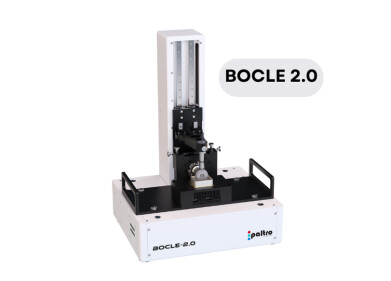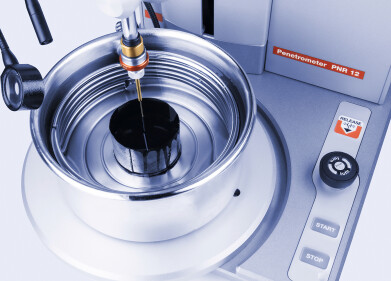Measurement and testing
128+1 Linear Infrared Sensor Array is Launched With Extra Super Sensitive Sensor Pixel for Applications in Gas Analysis, Oil Condition Monitoring and Food Safety
Jun 01 2017
Pyreos, the Edinburgh-based passive infrared sensor developer and manufacturer, has launched a new 128+1 Linear Infrared Sensor Array with an extra, super-sensitive pixel that can be used in battery-powered spectrometers, bringing the laboratory out into the field in a whole range of industries, from food and drink to oil and gas.
The sensor developer offers a range of 128, 255 and 510 pixel passive pyroelectric linear mid-infrared sensor arrays for gas and liquid spectroscopy applications. Pyreos arrays are very sensitive, robust, highly integrated and can be used without cooling the devices.
Pyreos has developed a unique thin film process that grows a sub-micron PZT layer on a semiconductor substrate. The benefits of this technology include a wide spectral range of 2-20 µm, exceptionally high responsivity (> 107 V/W at 500K/10Hz) and long-term stability of the sensor. Most applications of the sensors are in the mid infrared “fingerprint” zone, which is best for identifying and measuring substances.
The arrays come in a compact 32x23 mm, 16-pin package and include Linear Variable Filters (LVFs). A LVF allows each pixel to see a specific part of the overall spectral range of the LVF (2.5-5.0 µm or 5.5-11.0 µm). As a result, no moving parts such as grating devices or mirrors are needed.
The package also includes a CMOS readout IC that uses low noise current amplifiers to pre-amplify the multiplexed analog output of the sensor arrays.
The extra +1 sensor pixel that has been added by Pyreos is much larger than the pixels used in the rest of the array and has a 10-50x higher SNR depending on the implementation.
There are various application scenarios where this extra pixel is of use.
By applying an appropriate optical filter the extra pixel can be used to “zoom in” on specific infrared wavelengths within the LVF spectral range with a much higher sensitivity. This allows lower concentrations of a key substance to be detected while the Line Array measures the broader spectrum.
This extra pixel can also be used to look at wavelengths outside the spectrum being scanned by the LVF.
A third application involves using the extra pixel as reference channel that allows on-the-fly compensation for changing measurement conditions. In such a scenario, the frequency of background measurement can be reduced, which means a simplified and quicker measurement process.
Applications of the innovative 128+1 linear infrared sensor array include the analysis of gas, oil and foodstuffs (for food safety, and standards and payment applications). The 128+1 array is in use in analysers built by several multinational companies worldwide.
In foodstuffs, the array is used to detect and measure 15 or more common adulterants, and to detect unidentified additives. This allows customers to detect adulteration quickly to reduce food wastage. Testing can be done in the field using a portable, robust, battery powered device or in-line.
The array is also used in oil condition monitoring. The sensor can detect sulphur levels, total acid and base numbers, oxidation, nitration and additive depletion. This allows engine users to monitor engine and lubricant performance in real time in very hot environments.
Pyreos CEO Andrew Wallace explained: “This latest Pyreos product development is widely used in multi-bounce ATR systems where the perfect alignment of the extra pixel with the other pixels in the array allows it to be used, among other things, for measurements on water-based and oil-based samples.”
Pyreos offers several Line Array evaluation kits for both ATR and transmission spectroscopy, including an ATR kit that features the new 128+1 array.
Pyreos is attending the 2017 Sensor+Test trade show in Nuremburg between 30 May and 1 June and can be found in Hall 5 on stand 231. Visitors can make an appointment in advance via the Pyreos website - pyreos.com
Digital Edition
PIN 25.6 Buyers' Guide
January 2025
Buyers' Guide Directory - Product Listings by Category - Suppliers Listings (A-Z) Articles Analytical Instrumentation - ASTM D7042: The Quantum Leap in Viscosity Testing Technology -...
View all digital editions
Events
Jan 25 2025 San Diego, CA, USA
SPE Hydraulic Fracturing Technology Conference and Exhibition
Feb 04 2025 The Woodlands, TX, USA
Feb 05 2025 Guangzhou, China
Trinidad and Tobago Energy Conference 2025
Feb 10 2025 Point Lisas, Trinidad
Feb 10 2025 Lagos, Nigeria



















